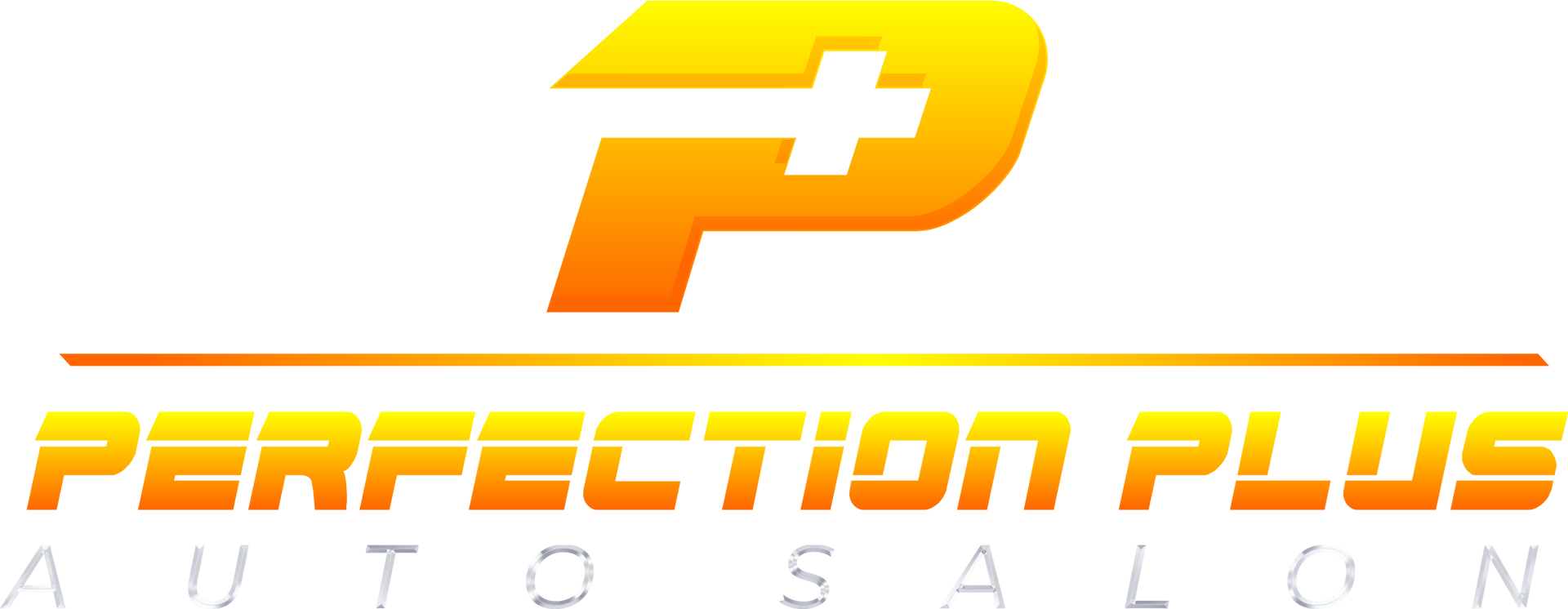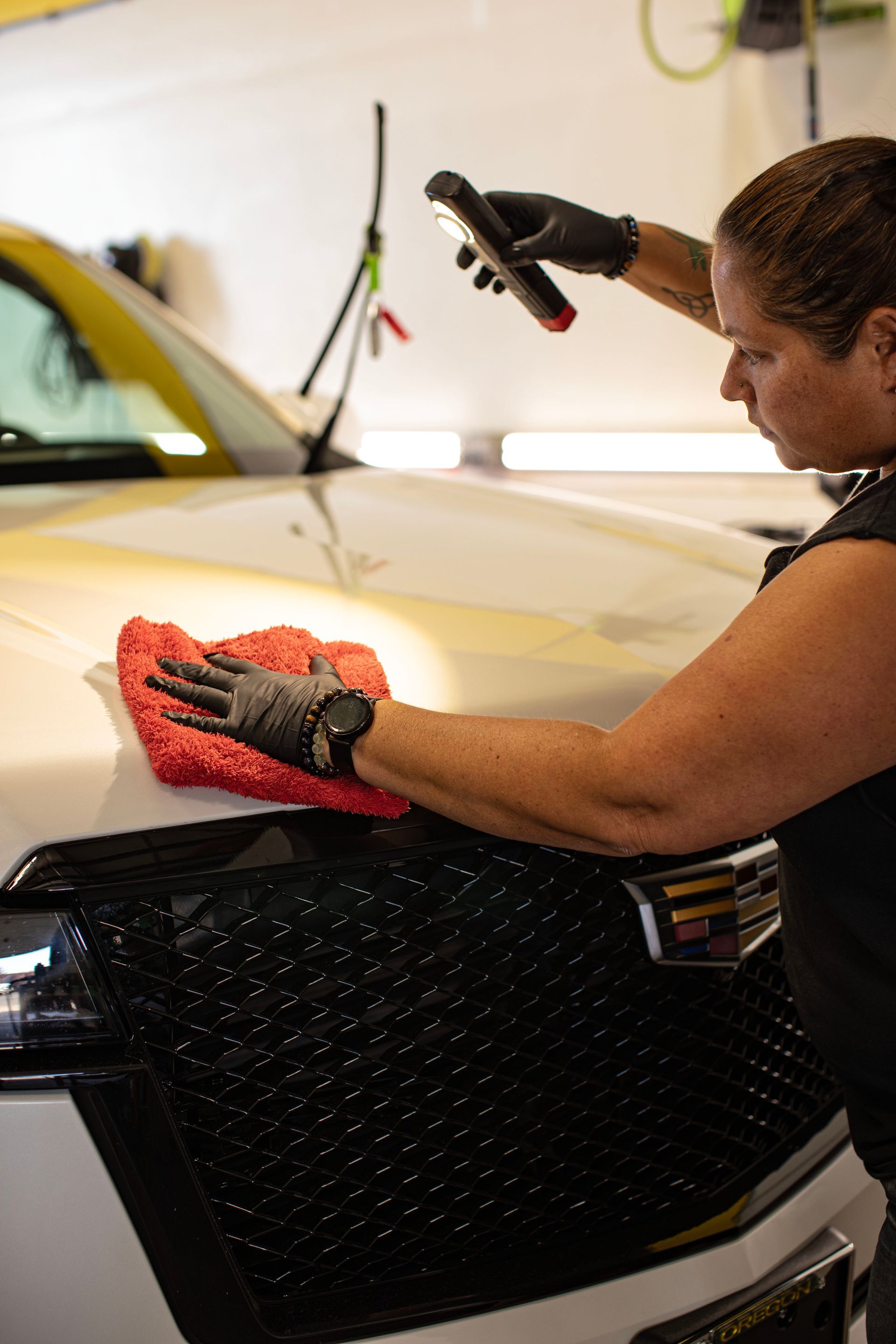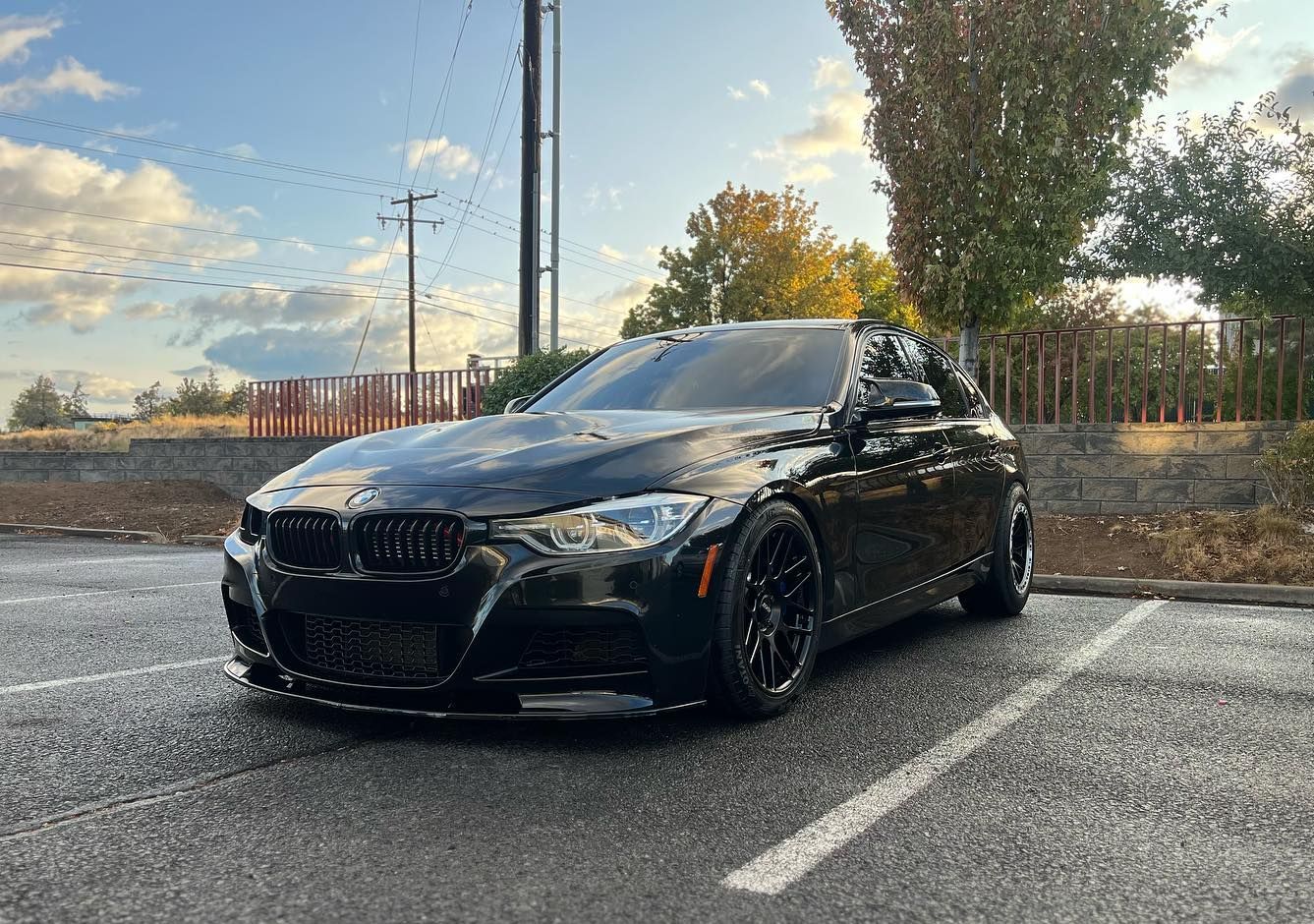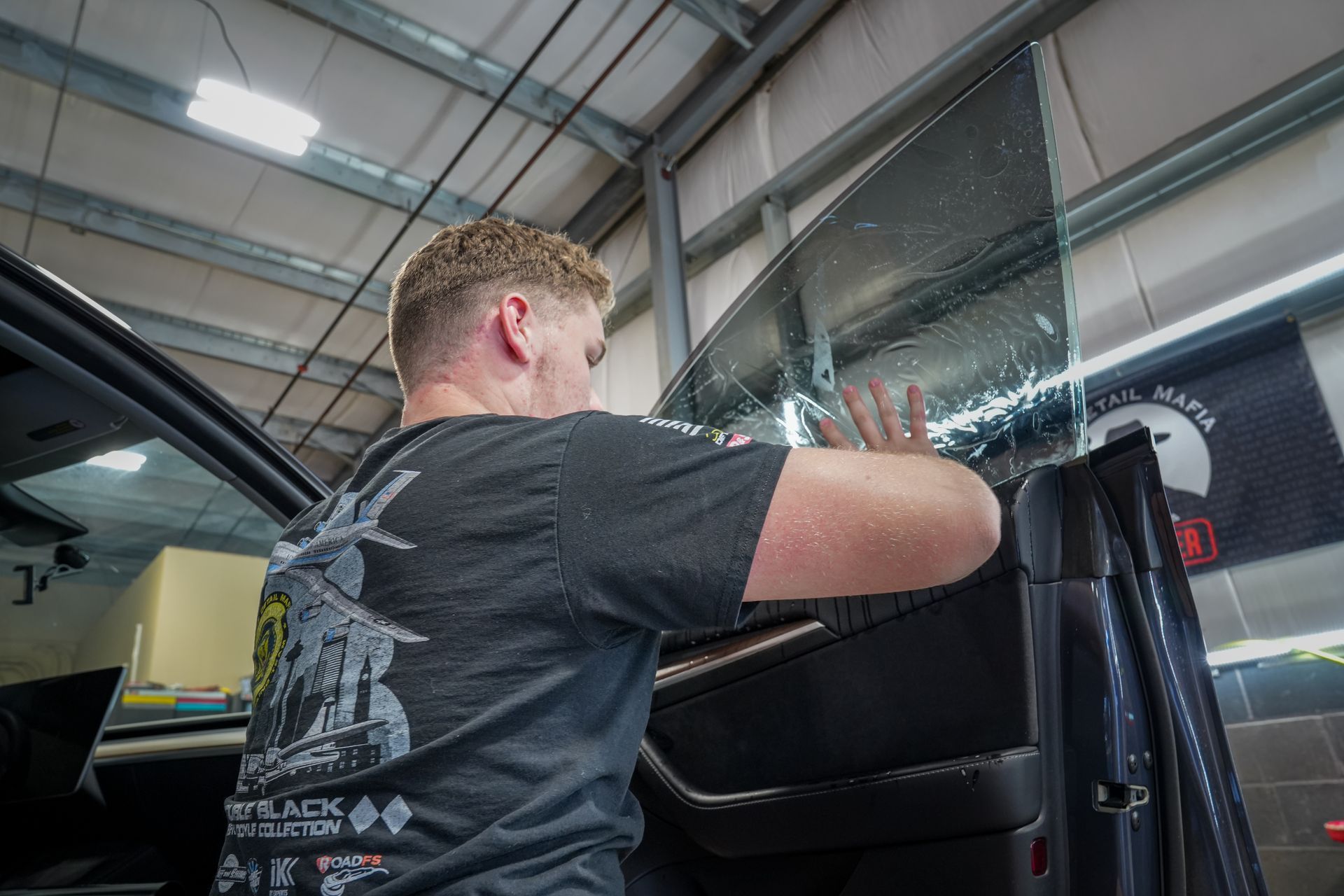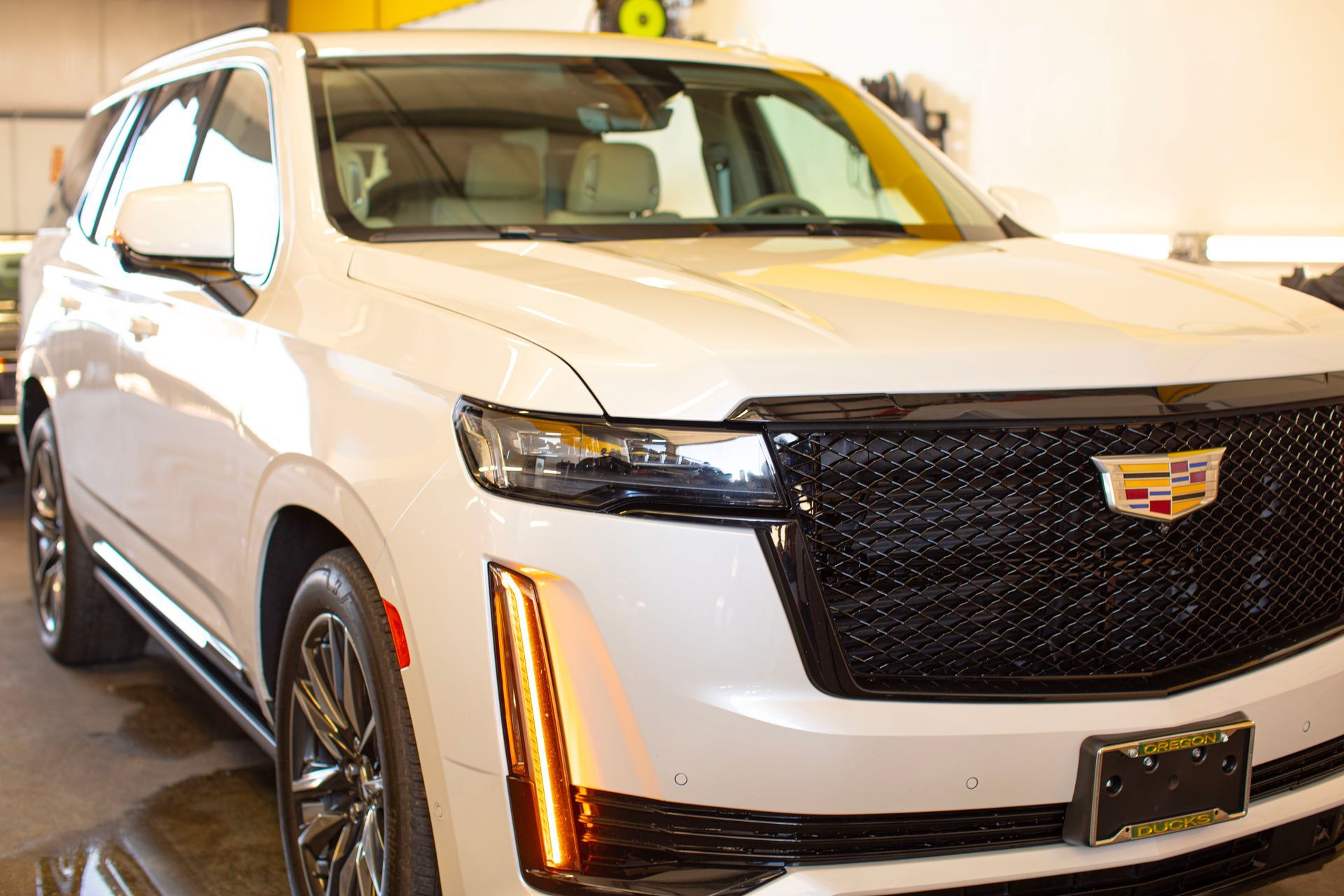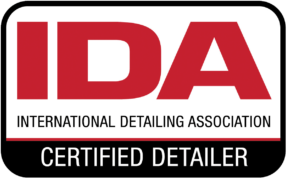When it comes to maintaining the look of your vehicle, one of the biggest challenges is protecting it from the sun's damaging UV rays. Just like how too much sun can fade your favorite t-shirt, prolonged exposure can dull and oxidize your car's paint. Enter ceramic coatings—an innovative solution designed not just to enhance that glossy finish but to shield your investment from fading and wear over time. In this article, we'll dive into what ceramic coating is, how it works, and why it's become essential for anyone serious about keeping their car looking new. Ceramic coatings play a crucial role in defending against UV fading by forming a durable layer that helps prevent oxidation and maintains the vibrancy of your vehicle's paint. While the primary UV protection comes from the clear coat, ceramic coatings enhance paint durability and provide an added barrier against harmful sun exposure.
What Is Ceramic Coating?
At its core, ceramic coating is a liquid polymer that, when meticulously applied to the exterior of a vehicle, establishes a durable chemical bond with the factory paint. This bond isn't just about sticking together—it forms a protective layer that's notably long-lasting compared to traditional waxes or sealants. The origins of these coatings trace back to the aerospace industry, where durability and resistance to harsh conditions are paramount. Today, they have transitioned into the automotive world, becoming an essential choice for enthusiasts who want to enhance and protect their vehicles.
How It Works
When you apply ceramic coating, it creates a durable bond with the paint surface. This process fills microscopic pores in the paint, producing an ultra-smooth surface that repels contaminants like dirt, mud, and even some chemicals. Think of it as sealing your vehicle's paint with an invisible barrier that also enhances its aesthetic appeal. This hydrophobic quality means water doesn't stick to the surface. Instead of pooling and creating unsightly water spots after a rain shower, water beads off—similar to how raindrops roll off a freshly waxed surface. Not only does such a coating make cleaning significantly easier, but it also protects against mineral deposits that can dull the shine over time. This unique property significantly reduces the effort required for routine maintenance while providing unrivaled protection. Further enhancing its utility is ceramic coating's ability to protect against UV rays. While your factory clear coat does provide some level of UV protection, adding a ceramic layer fortifies this defense, minimizing oxidation and preserving the original color of your vehicle for years.
The Science Behind UV Protection
Understanding how ceramic coatings function begins with examining their chemical makeup. These coatings contain advanced polymers specifically designed to combat the sun's damaging effects. Among the most notable components are silicon dioxide (SiO₂) and titanium dioxide (TiO₂). Both of these ingredients possess properties that help absorb and reflect UV radiation, acting as a barrier that prevents harmful rays from penetrating your vehicle's paint layer. The mechanism of UV blockage lies in the structural integrity of these polymers. When applied to a vehicle's surface, they bond chemically with the factory paint, creating a protective shield that enhances durability. This shield tightly integrates with the paint, ensuring maximum protection. The layers in ceramic coatings are often remarkably thin but effective, typically measuring between one and two microns. This incredibly fine layer can dramatically reduce UV exposure by keeping direct sunlight at bay. High-quality ceramic coatings can significantly reduce UV penetration, offering substantial protection against UV rays. However, it's important to note that they are not completely impervious. Regular maintenance and care are still necessary to ensure that your vehicle stays beautifully protected over time. The process of oxidation, where paint undergoes damage due to exposure to oxygen and UV light, underscores the significance of ceramic coatings. Surfaces treated with ceramic solutions can experience considerably less fading compared to untreated counterparts over several years. While no coating can guarantee complete protection from all environmental factors, high-quality ceramic coatings significantly prolong the longevity and vibrancy of your vehicle's paint.
Benefits of Ceramic Coatings
Beyond protection, one of the standout features of ceramic coatings is their ability to enhance the overall aesthetics of your vehicle. When applied, these coatings create a glossy finish that not only enriches the paint's color but also adds profound depth and clarity. After a fresh coat of ceramic, vehicles often take on a showroom-new appearance—that spotless, radiant condition that can feel like a distant memory after years of wear and tear. This effect isn't just about visual appeal; it also protects the paint from oxidation and environmental wear, thus maintaining its vibrancy over time.
Chemical Resistance
One significant advantage of ceramic coatings lies in their robust chemical resistance. They fend off damaging effects from substances such as bird droppings, tree sap, and road salts. These everyday contaminants can wreak havoc on unprotected surfaces, leading to costly paint damage and unsightly blemishes. Having a layer of defense against chemicals not only saves you from frequent trips to the detailing shop but also extends the lifespan of your car's finish.
Easier Maintenance
Ceramic coatings significantly reduce the need for frequent washing and waxing. Thanks to their hydrophobic properties, water beads up and rolls off the surface rather than clinging to it. This property makes cleaning as simple as a quick rinse or wipe down with a damp cloth, often cutting down cleaning time substantially. Imagine approaching your car after a rain shower and finding it essentially clean—this streamlined maintenance not only saves you time but also reduces the accumulation of dirt and grime that can dull your paint over time.
Longevity and Durability
One of the most appealing aspects of ceramic coatings is their longevity and durability. High-quality ceramic coatings are engineered to withstand the elements, with an impressive lifespan ranging from two to five years. The actual longevity often comes down to the quality of the product used and how well you maintain your vehicle. Regularly washing your car using pH-neutral cleaners and avoiding harsh environments can maximize the effectiveness of your ceramic coating. The environment plays a significant role in how long your ceramic coating will last. If you park outdoors or live in an area with intense sun exposure, the coating may degrade more quickly than if the vehicle is sheltered. Even the best ceramic coatings can falter if subjected to harsh conditions without regular upkeep. Keeping a consistent maintenance routine is essential—think of it as performing regular check-ups on your vehicle's health.
Vehicles treated with ceramic coatings can experience reduced paint degradation over time when compared to uncoated counterparts. This emphasizes not only longevity but also the protective capacity of these coatings. When we consider durability, vehicles coated with ceramic treatments are less likely to show signs of wear and maintain better surface integrity compared to those without any protective layer. This tangible difference translates into significant benefits: better-preserved paint means less time spent maintaining the surface integrity of your car's appearance. It's also important to consider the financial aspect of durability. A well-preserved finish contributes to reduced maintenance expenses overall, which can save substantial amounts over time. Moreover, maintaining that fresh look extends beyond aesthetics; it can enhance the resale value of your vehicle significantly.
Application Process Explained
Applying a ceramic coating may seem daunting at first, but by understanding each step, you can tackle it with confidence and ensure that your vehicle receives the best protection possible. The entire process consists of several essential steps that provide a smooth finish while maximizing the durability and effectiveness of the coating. Preparation is crucial. Begin by thoroughly washing and drying your vehicle to remove any dirt, grease, or debris, as these contaminants can obstruct the bonding process. Using a pH-neutral shampoo will ensure that no harmful substances are left on your car's surface. After washing, inspect and dry every nook and cranny; water spots left behind can lead to unsightly blemishes once the coating is applied.
With a clean canvas ready, the next vital step involves paint correction. This involves buffing out any existing imperfections from your car's surface. The new ceramic layer will magnify any irregularities, making this step essential. A dual-action polisher often proves very effective in creating an ultra-smooth finish. Make sure to use high-quality polishing pads and compounds tailored for automotive use. Now that your vehicle's surface is looking pristine, it's time for the actual application of the ceramic coating. Using the provided applicator, apply the ceramic coating in small sections to ensure even coverage. Work methodically—think of it like painting a room where you're careful not to allow one area to dry before moving on to another. The chemical bond that forms between the coating and your paint is what makes this product so effective in providing protection against UV rays, dirt, and more.
Once you've applied the coating, move on quickly to buffing. Using a soft microfiber cloth, gently buff out any excess product immediately after application. This step is critical because leaving residue can cause streaks or haze on your vehicle's surface. The goal here is to achieve a flawless and consistent finish while ensuring that all excess material is removed completely. After completing these steps, patience becomes key during the final stage: curing. Allowing the coating to cure properly according to manufacturer instructions is crucial for its longevity. Typically, this curing period ranges from 24 to 48 hours. During this time, avoid exposing your vehicle to water or contaminants, which could compromise the integrity of your newly applied ceramic layer. Think of curing as giving your investment time and space to create a strong bond with its new protective shield. By following these steps diligently, you set yourself up for success in enhancing your vehicle's appearance and protection significantly. With each phase playing an integral role, you'll find that your car retains its radiant finish over time.
Choosing the Best Ceramic Coating
With a diverse selection of ceramic coating products flooding the market, selecting the right one can feel overwhelming. However, understanding some key features can simplify your decision-making process. One of the most critical aspects to consider is the concentration of silicon dioxide (SiO₂). Generally, higher SiO₂ content translates to superior durability and protection against harmful UV rays.
It's also important to remember that while high-quality products are beneficial, your budget plays a significant role in what you choose. Certain products provide cost-effective options that deliver substantial protection without breaking the bank. This relatively lower price doesn't mean compromised quality; rather, these products often offer reasonable durability and UV resistance suited for everyday use. Yet, be cautious: as a rule of thumb, higher-priced ceramic coatings usually come with enhanced performance and longer-lasting effects. Sacrificing a little on budget might yield noticeable dividends in longevity and resilience against environmental factors. Keeping an eye on emerging technologies can also reveal promising advancements at more accessible price points in the future.
Once you've settled on a product based on its content and your budget, don't overlook essential safety precautions during application. Proper surface preparation is crucial—this means cleaning thoroughly and sometimes polishing prior to applying any ceramic coating to avoid sealing in imperfections. The curing process also warrants attention—usually taking at least 24 hours; it's vital to keep your vehicle dry during this time to ensure a firm bond forms between the coating and your paintwork. Understanding these elements helps you make an informed choice that balances quality and affordability while protecting your investment. In choosing the right ceramic coating, you can significantly enhance your vehicle's defense against UV fading while ensuring long-lasting protection. Armed with this knowledge, you're now ready to select a product that fits your needs perfectly.
Elite Ceramic Coating Services in Culver, OR
At Perfection Plus Auto Salon, we specialize in
premium ceramic coating services that keep vehicles in Culver, OR, looking stunning for years. Our expert team applies advanced ceramic protection designed to bond with your vehicle’s surface, creating a glossy, hydrophobic layer that repels dirt, grime, and water. With this long-lasting defense, your car stays cleaner, shines brighter, and resists the harsh Central Oregon elements. Experience lasting brilliance and unmatched protection—schedule your ceramic coating service with Perfection Plus Auto Salon today!
